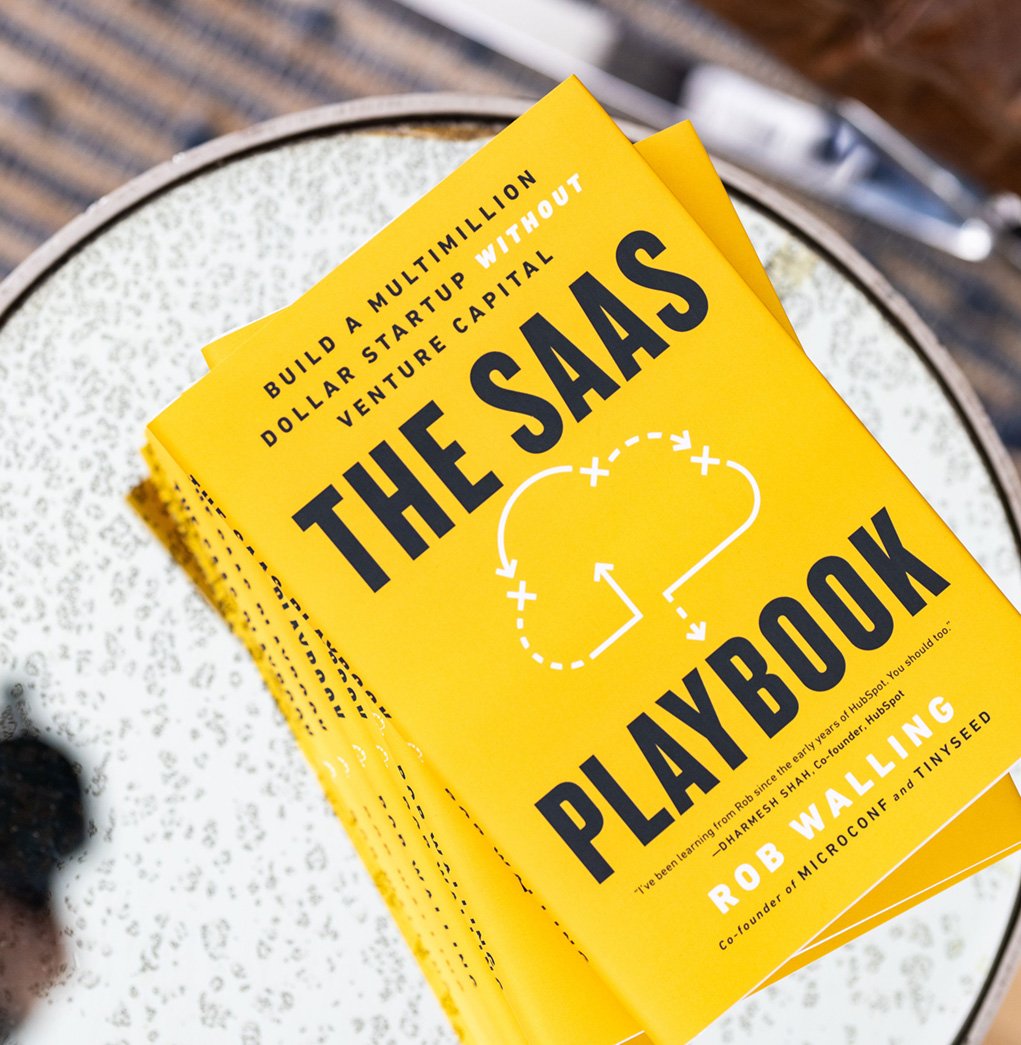- AI Bytes Newsletter
- Posts
- AI Bytes Newsletter Issue #19
AI Bytes Newsletter Issue #19
Alio's SmartPatch revolutionizes health monitoring, OpenAI faces ethical challenges, Gamma.app transforms content creation, and Rico examines AI's impact on Hollywood while Mike explores Feature Engineering's importance.

Welcome to this week's edition of AI Bytes! We have an exciting lineup for you, featuring the latest innovations and critical insights in AI. Today, we're highlighting Alio's SmartPatch, a revolutionary wearable that monitors vital health metrics without blood samples, making it a game-changer for patients with end-stage kidney disease (ESKD). We'll also explore the ethical implications of recent staff departures from OpenAI's Superalignment team and their impact on AI safety. Our AI Tool of the Week, gamma.app, is set to transform your content creation process with its intuitive AI-powered platform. Don't miss Rico's Roundup on AI's disruptive role in Hollywood and Mike's Musings, where we break down the importance of Feature Engineering. Plus, we answer a listener's question about AI in space exploration and share some of our favorite tech recommendations. Let's explore the fascinating world of AI together!
The Latest in AI
A Look into the Heart of AI
Featured Innovation
Hey everyone! Today's AI Bytes is focusing on Alio's SmartPatch, a groundbreaking piece of technology that's redefining wearable health monitoring.
This device sticks to your skin and monitors crucial health metrics such as potassium levels, hemoglobin, and heart rate—no blood samples necessary. It's particularly vital for patients with end-stage kidney disease (ESKD), as it monitors vascular access quality, alerting healthcare professionals at the first sign of trouble.
What stands out about the Alio SmartPatch is its FDA clearance, which speaks volumes about its efficacy and safety. For ESKD patients, maintaining vascular access is critical; this patch uses AI to monitor and alert healthcare teams to any issues, potentially preventing hospital trips and catching complications early.
The integration of AI into this technology is what makes it revolutionary. It goes beyond data collection by interpreting the data to make meaningful medical recommendations. This shift from reactive to proactive healthcare could be a significant game-changer, especially for chronic condition management.
What are your thoughts? Do you see a future where healthcare is predominantly managed through AI-powered, wearable devices? Let's discuss the potential impacts on our health management systems!
If you’ve seen a game changing innovation and want to share it with us, hit us up at [email protected]!
Ethical Considerations & Real-World Impact
OpenAI is facing a significant shake-up with the departure of key members from its Superalignment team, including leaders Ilya Sutskever and Jan Leike. This team was specifically tasked with ensuring AI systems remain safe and under control. These exits follow a failed attempt by Sutskever and others to oust CEO Sam Altman, which has evidently left lingering instability within the company. As more safety-focused staff members leave, doubts are surfacing about OpenAI's commitment to AI safety and the effectiveness of its internal governance.
These departures don't just create internal turmoil—they have real-world implications. Public trust in OpenAI's ability to safely develop advanced AI could take a hit, potentially slowing down acceptance and integration of AI technologies. Moreover, this instability might prompt other companies and regulators to reevaluate their safety measures, pushing for tighter controls and oversight to ensure AI developments are ethically sound and safe for public use.
If there is a common theme we have expressed on the show and via the newsletter, it is the need for transparency to allow for mass adoption so people at large can utilize and enjoy AI for what it is and may become. Setbacks like these, although possibly from internal conflicts within a company, may have far-reaching consequences that ultimately allow for unsafe AI applications and real safety concerns for the public. We will be monitoring this situation and providing updates as it develops further.
AI Tool of the Week
The Toolbox for Navigating the AI Landscape
Gamma.app
Gamma.app is a game-changer in content creation, and we can't help but be impressed by its capabilities. This AI-powered platform makes it incredibly easy to generate professional-looking presentations, websites, and documents without needing any design or coding skills. The AI engine is fantastic, quickly turning our ideas into polished content using a variety of templates. We love how interactive elements like videos and charts can be embedded to make our presentations more dynamic. The real-time collaboration features and seamless integration with tools like Google Drive and Figma are lifesavers, ensuring smooth teamwork without the usual version control headaches.
If you’ve got a suggestion on tools we should check out, email us at [email protected] and let us know.
Rico's Roundup
Critical Insights and Curated Content from Rico
Skeptics Corner: AI in entertainment: The final blow to Hollywood or the evolution of the industry to take us to the next level?
Even though it involves Hollywood, I got a bit long-winded at the disruptive nature AI is having on the entertainment industry worldwide. Please take a minute and read this week's Skeptic's Corner, which has been posted as a standalone article.
In the article, I discuss how AI is transforming the entertainment industry by streamlining production processes, reducing costs, and enabling international film distribution. Despite concerns about job displacement and authenticity, AI offers opportunities for independent filmmakers and democratizes content creation. Industry experts share mixed views on AI's role, highlighting its competitive edge and ethical implications. The future of entertainment will likely see a blend of human creativity and AI efficiency, navigating these challenges to ensure a vibrant and inclusive industry. Read more in my article below:
Must-Read Articles
Listener's Voice
In this week's Listener's Voice, Ethan asks, "How is AI influencing space exploration today?"
Great question, Ethan! Artificial intelligence is increasingly pivotal in space exploration, enhancing operations and driving innovations that were once the stuff of science fiction. For example, AI is integral to NASA's VIPER rover, which will explore the moon's south pole to scout for water and other resources. This rover, part of NASA's Artemis missions, utilizes AI for navigating the harsh lunar terrain, making real-time decisions to handle unexpected challenges during its mission.
AI's role doesn't stop at lunar exploration. It's also reshaping how spacecraft are designed and manufactured. NASA has been leveraging AI to create mission hardware, where AI-designed parts are noted for being lighter, more stress-tolerant, and quicker to produce than those designed by humans. This not only speeds up the development process but also enhances the functionality and safety of space missions.
Furthermore, AI assists in the rendezvous and docking processes in space, making these operations smoother and more fuel-efficient. This is thanks to advanced AI algorithms that improve guidance, navigation, and control systems.
Overall, the integration of AI into space exploration is not just about enhancing existing technologies but is also opening doors to new possibilities and efficiencies, ensuring future missions are safer, faster, and more cost-effective.
Thank you, Ethan, for your thought-provoking question! We appreciate your interest in how AI is transforming space exploration.
If you’ve got a question, comment or suggestion for us, email us at [email protected] and let us know.
Mike's Musings
Tech Deep Dive
Mike breaks down a complex AI tool or concept into understandable terms.
Artificial Intelligence (AI) has transformed various industries, from healthcare and finance to entertainment and transportation. At the heart of many successful AI models lies an often-underappreciated but crucial process: feature engineering. This process involves selecting, modifying, and creating new features from raw data to improve model performance. Let’s take a look at the world of feature engineering and explore why it’s so important, how it works, and some best practices to follow…
What is Feature Engineering?
Feature engineering is the process of using domain knowledge to extract features (characteristics, properties, or attributes) from raw data that can help predictive models perform better. These features are essential in helping algorithms understand patterns and make accurate predictions. In simpler terms, think of feature engineering as crafting the ingredients for a recipe; the better the ingredients, the tastier the dish.
Why is Feature Engineering Important?
Improved Model Accuracy: High-quality features can significantly boost the accuracy of predictive models. They help the model capture the underlying patterns in the data more effectively.
Enhanced Interpretability: Well-engineered features can make models easier to interpret. When features are meaningful and relevant, it’s easier to understand how the model makes its predictions.
Reduced Overfitting: Good features can help reduce overfitting, a scenario where a model performs well on training data but poorly on unseen data. By focusing on relevant features, the model generalizes better to new data.
Efficiency: Effective feature engineering can simplify the model and reduce computational costs. With fewer, more informative features, models can train faster and require less processing power.
How Does Feature Engineering Work?
Data Cleaning
Before diving into feature engineering, it’s crucial to clean the data. This step involves handling missing values, removing duplicates, and correcting inconsistencies. Clean data provides a solid foundation for building robust features.
Feature Selection
Not all features are created equal. Feature selection involves identifying the most relevant features from the existing dataset. Techniques like correlation analysis, mutual information, and feature importance scores from models like Random Forests help in selecting the best features.
Feature Transformation
Feature transformation involves modifying existing features to make them more suitable for modeling. Common transformations include scaling (e.g., standardization, normalization), encoding categorical variables (e.g., one-hot encoding, label encoding), and polynomial transformations.
Feature Creation
Creating new features from existing data can capture additional information. For example, in a time series dataset, new features like moving averages or lagged values can provide valuable insights. In text data, techniques like TF-IDF or word embeddings can transform text into meaningful features.
Feature Interaction
Sometimes, interactions between features can reveal hidden patterns. Creating interaction terms (e.g., multiplying two features together) or using techniques like polynomial features can uncover these interactions.
Best Practices for Feature Engineering
Understand the Domain: Domain knowledge is invaluable in feature engineering. Understanding the context and nuances of the data can guide the creation of meaningful features.
Iterate and Experiment: Feature engineering is an iterative process. Experiment with different techniques, and don’t hesitate to go back and refine features based on model performance.
Leverage Automated Tools: Tools like Featuretools and libraries like scikit-learn offer automated feature engineering capabilities. While they can save time, always validate the features generated by these tools.
Avoid Leakage: Ensure that features do not include information from the target variable or future data points. Data leakage can lead to overly optimistic model performance.
Monitor Model Performance: Continuously monitor how changes in features impact model performance. Use cross-validation to ensure that the improvements are consistent across different data splits.
Feature engineering is a blend of art and science, requiring creativity, domain knowledge, and technical skills. It’s a critical step in the AI model development process that can significantly influence the outcome. By understanding the importance of feature engineering and following best practices, you can unlock the full potential of your AI models, driving better insights and decisions. Thanks for reading and we’ll catch you next week for another deep dive!
Feel free to reach out to me if you’d like to talk through anything, you can reach me at [email protected]
Mike's Favorites
Sharing personal recommendations for technology, AI books, podcasts, or documentaries.
Book - The SaaS Playbook
While not directly related to AI, I found this book to be very informative on the nuts and bolts of bootstrapping a SaaS business. I like Rob’s take that venture capital is not always the way to go!
Thanks for checking out my favorites section and if you have something you like to share, talk about or ask, hit me up at [email protected]
Connect & Share
Stay Updated
Subscribe on YouTube for more AI Bytes.
Follow on LinkedIn for insights.
Catch every podcast episode on streaming platforms.
Thank You!
Thanks to our listeners and followers! Continue to explore AI with us. More at Artificial Antics (antics.tv).
Quote of the week: "There will inevitably be surprises and unforeseen consequences with AI. We must remain vigilant" - Mitchell Kapor











